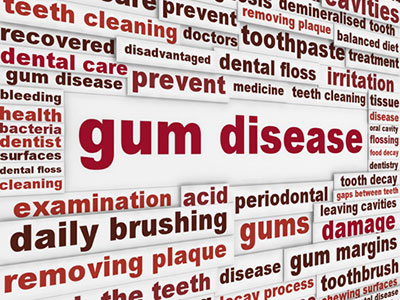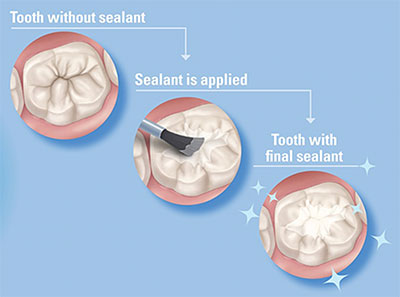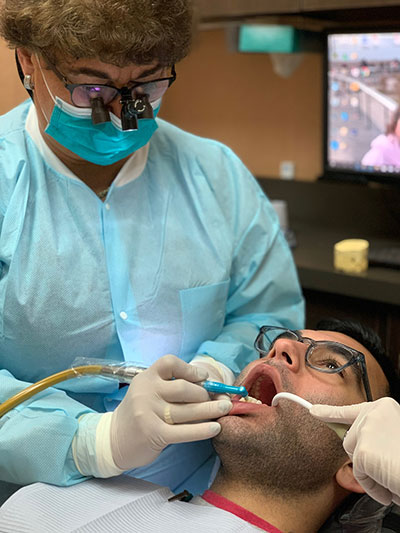Preventative Services

Preventative dentistry is a five-step approach. Maximum decay protection and care include brushing and flossing, fluoride, sealants,a balanced diet and regular checkups.
What Are Sealants?
Sealants are a clear, acrylic-like material that helps shield out decay-causing bacteria from the chewing surfaces of the back teeth. Once the six-year molars (the first permanent back teeth) and the 12 year old molars appear, it is best to apply sealants as soon as possible.
How Can Sealants Prevent Decay?
Sealant material bonds to the chewing surface of the back teeth, forming a protective barrier covering the pits and fissures (depressions and grooves) of the chewing surfaces. Sealants are an intermediate preventive step in delaying or preventing tooth decay on the chewing surfaces of the back teeth.

Are Sealants Suitable For All Teeth?
Not really. You see, we apply this material only to the chewing surfaces of the back teeth where food can be easily retained by deep grooves and fissures. Sealants are not meant for areas between back teeth or front teeth. Also, teeth that already have fillings or detectable decay are not sealed. Adults may also have sealants placed on the chewing surfaces of non-restored back teeth.
How Are Sealants Applied?
We apply sealant material to a clean tooth. First a mild solution is gently applied to the chewing surface. This prepares the tooth enamel to bond more effectively to the sealant material. Next, the tooth is thoroughly washed and dried. Finally, the sealant material is applied to the tooth. A curing light is held over the tooth to harden the sealant. That's all there is to it.

How Long Do Sealants Last?
Depending on your chewing pattern, the sealant effect can last for a number of years. At recall appointments we always check to make sure the sealant material is intact. Chewing on ice cubes, hard candy or sticky foods should be avoided. Here are some great snack alternatives that combined with sealants and fluoride, reduce your chances of tooth decay:
- Peanut butter
- Popcorn
- Fresh vegetables (carrot sticks, celery stalks)
- Fruit (unpeeled apples, orange sections, bananas, grapes, raisins)
- Fruit yogurt
- Dry (unsweetened) cereal and sugar-free granola
- Cheese
- Sugar-free popsicles
Are sealants and fluoride the same thing?
No. Both materials are designed to preserve and prolong the life of your teeth through prevention of dental decay. Sealants are applied topically only to certain areas of individual teeth, and are a visible sign that the tooth is being protected. Fluoride, however may be used effectively from prenatal stages through the adolescent period ( when kids are at their highest cavity-prone age).Unlike sealants, fluoride is supplied in a variety of forms, including: topical application to your teeth during a routine dental exam and cleaning (in a gel or solution), drinking water where fluoride has been added, prescribed nutritional supplements (useful in areas where drinking water does not contain fluoride), commercially prepared mouth rinses and toothpastes
